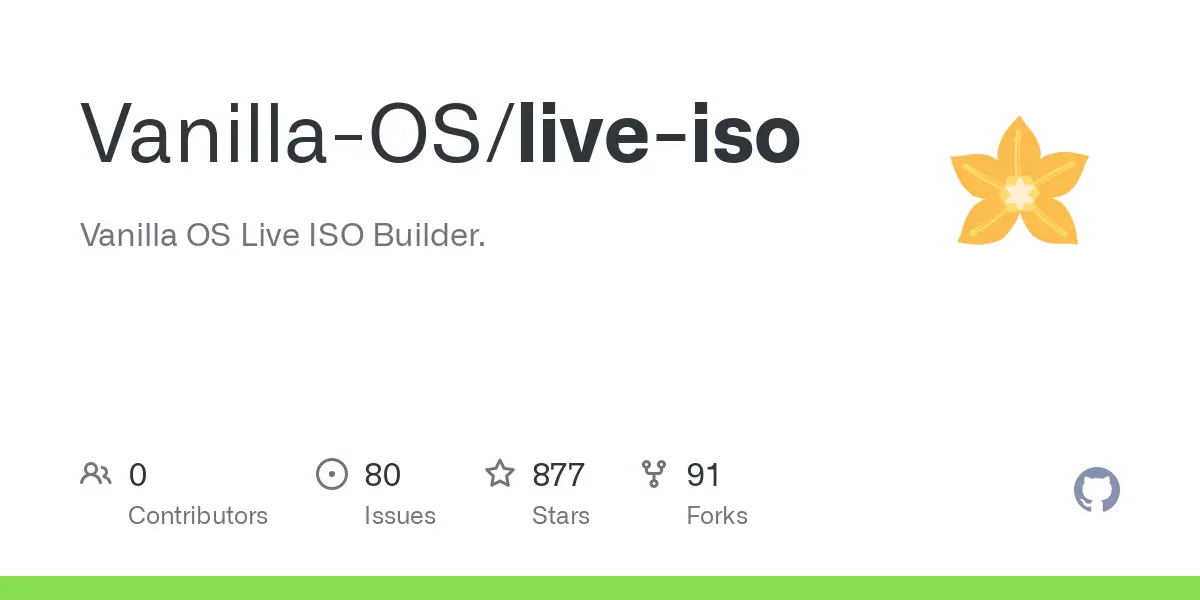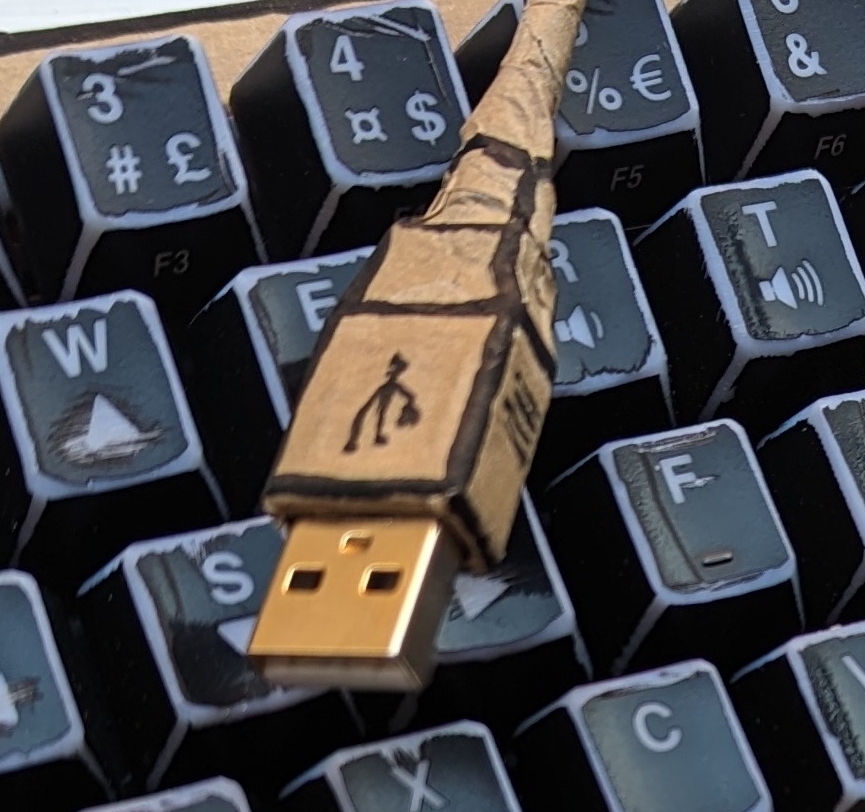- cross-posted to:
- vanillaos
- cross-posted to:
- vanillaos
Very excited for the final release. This might replace Fedora as my daily driver. :)
Dude same! I’ve been looking into immutable distros and I tried fedora silverblue but this seems better. I just bought a used PC to try it out just haven’t had the time yet
deleted by creator
Why over-complicated? I’m genuinely curious, as I think it sounds pretty cool that you can install apps from different package managers in containers, but export them to use them in your main environment.
deleted by creator
Technically, only
aptexists, as per Debian. The filesystem is ext4 but with two system partitions, so that you:- have one backup partition
- can install updates to the unused partition for seemless and atomic updates
- Be immutable whilst offering easy updates
It gets compared to NixOS because NixOS is also an immutable distribution and the package manager is equally as flexible as
apx(even thoapxalso allows you to use nix)Multiple package managers outside of
apt/dpkgfrom Debian get managed automatically using theapxtool, only if you wish to use it. Otherwise, for the desktop they promote the use of Flatpaks or AppImages.deleted by creator
When you’re on A, updates go to B. When you’re on B, updates go to A.
After an update, a reboot will switch slots.
deleted by creator
The 40gb total are both already reserved, and a normal user isn’t supposed to modify it so it shouldn’t fill up.
For desktop apps, Vanilla will primarily stick to Flatpaks, so Firefox will also be a Flatpak.
VanillaOS already has a custom boot menu that can be used to switch slots in case an update went wrong, so that you can go back to your older, but working system.
The partitions are also not synced.
If you install something using abroot (e.g an update) it will only be installed to the unused slot. So if you run
abroot --updateor use the included updater, and you’re in Slot A, it’ll modify Slot B, and vice versa.
Looks bad in comparison with Silverblue where I can pin many previous version. Thanks to OSTree, you can downgrade to any point in the history or even switch back to an older release.
If OSTree suits you better, that’s fine!
The A/B Partition method and OSTree are both great, but have different strengths
VanillaOS described it in their FAQ once:
Vanilla OS uses an A/B structure (ABRoot), which transacts updates atomically between two root micro partitions. The benefits of this system are the guarantee that the system is altered only when the entire transaction is successful (concept of atomicity), furthermore, the double root partition structure allows you to roll back to the previous state, directly from your boot, you will always have a home to come back to.
This structure, unlike others, is compatible with already existing distributions and does not require a complex setup and allows easy re-initialization of the system without data loss.






